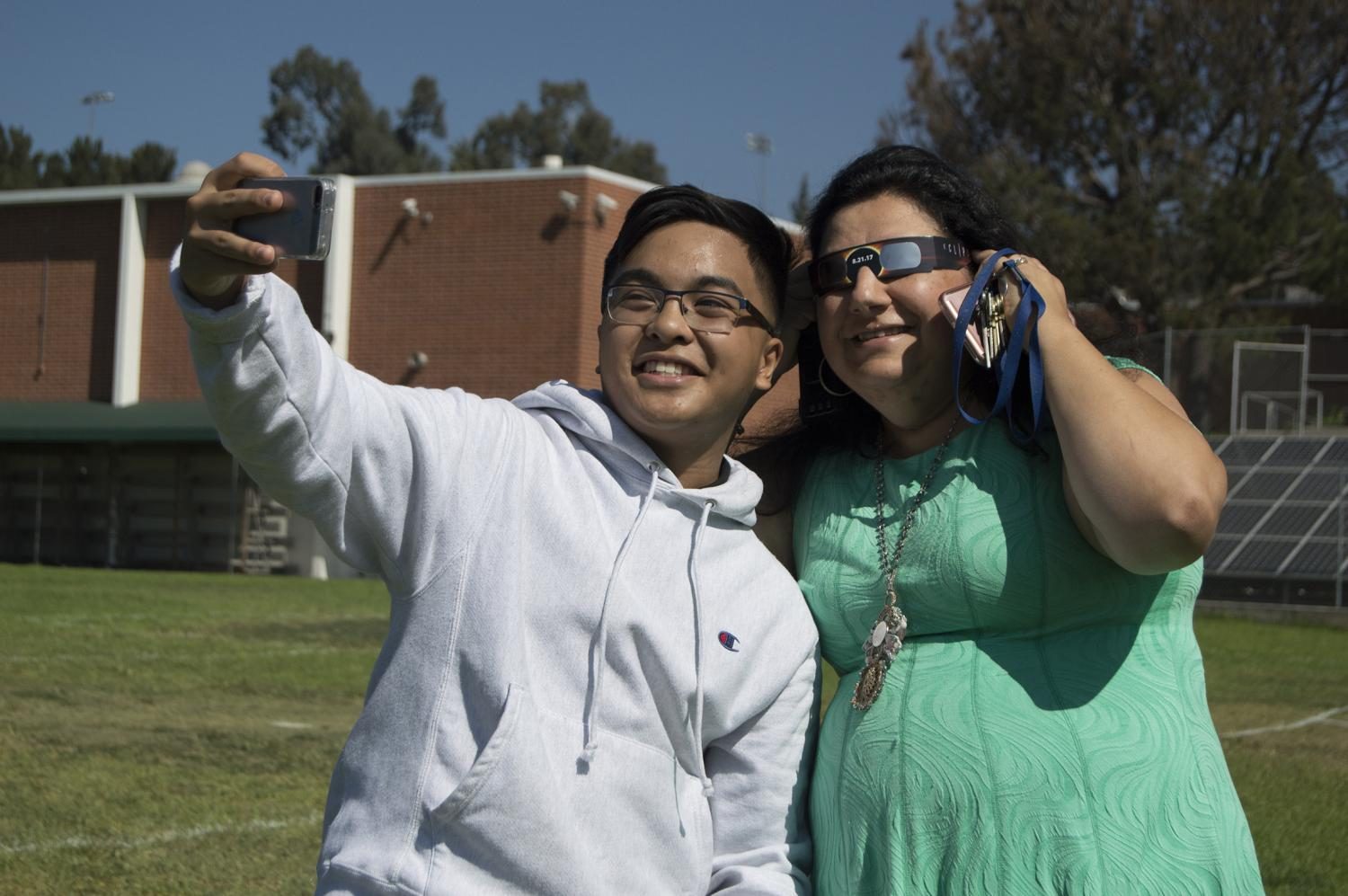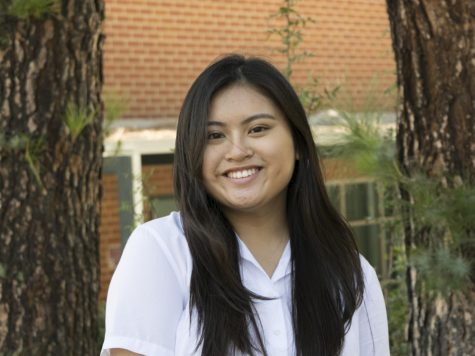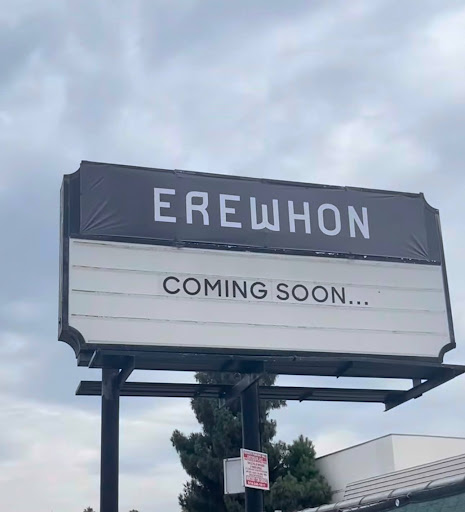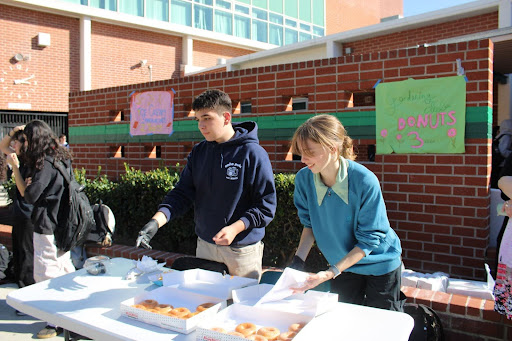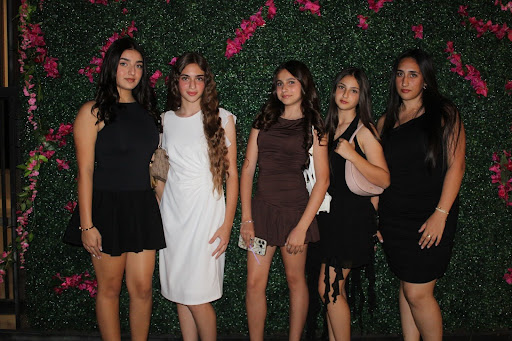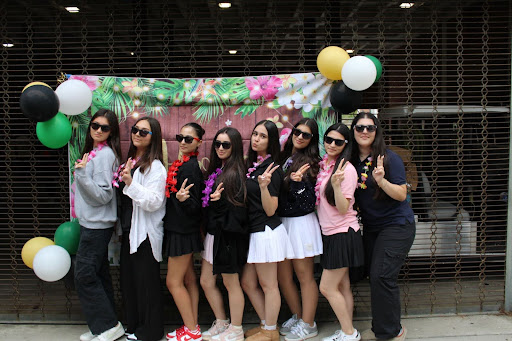We all looked up
Clark students come together to witness the solar eclipse
Theodore Supangan and Principal Lena Kortoshian take a selfie during the solar eclipse.
“I would definitely see it again,” said junior Brijal Shah, referring to the solar eclipse that occurred Aug. 21. All students were ushered to the school’s grass field at ten in the morning to view this phenomenon, which will not occur in California again until Aug. 12, 2045.
Although eclipses occur about every 18 months, most of the time the path of totality, or areas where the sun is completely covered by the moon, falls on the ocean or Antarctica. So, one can understand the hype for this event across America, because for the first time since 1918, the solar eclipse’s path of totality spanned both coasts of the United States.
Those who witnessed a full solar eclipse were able to view it without any eye protection, and could see things one would not ordinarily see with the naked eye, such as the sun’s corona, the outermost layer of its atmosphere. Unfortunately, Clark did not fall under the path of totality this year, and students viewed a partial solar eclipse, with about 65 percent coverage of the sun.
David Black, Clark’s robotics and engineering teacher, played a big role in the school-wide eclipse viewing, being the one who suggested the idea to school administration. He had gotten the idea “after hearing back in July that a local elementary school was planning a similar event.” He was an easily recognizable figure on the field during the viewing, as he wore a welding helmet which encompassed his entire head.
Black was not the only one with a unique look that day. Clark students also sported an unusual accessory during the event: eclipse viewing glasses. These glasses seemed to be flimsy, with frames made out of thick paper, but they actually played an enormously important role in protecting students’ eyes. It was necessary for students to wear them while looking at the partial eclipse, for looking up at the sun without protection could cause major eye damage. Although some did not enjoy the look, sophomore Vana Hovsepian approved of the glasses. “At least now I have some unique sunglasses to wear to the beach,” Hovsepian said.
Clark students were actually lucky to be able to view this eclipse, as “most
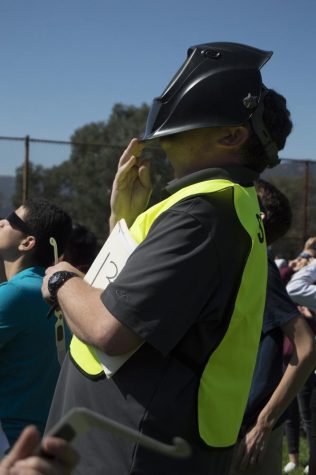
Teacher David Black using a welding helmet
vendors were out of stock right after we ordered,” Black said. Black said that he wanted to make sure that the glasses were safe and made in America.
While he was concerned about eye safety, some teachers were worried about other matters. “The sky was cloudy earlier in the morning,” said physics teacher Gerald Gruss. “I was worried that we would look up to see the eclipse, and see clouds instead.”
Fortunately, the skies cleared up, and students were able to see the eclipse. Although some were disinterested in the sight, at least one student had an unusual take on the sight. Junior Melissa Mancio-Diaz joked, “The end is near.” Although that wasn’t a popular opinion held by students, most were in consensus when it came to one thing: they felt a little bit disappointed in what they experienced.
“It was a bit of a letdown,” said junior Katherine Demirchyan. “I expected a bit more.”
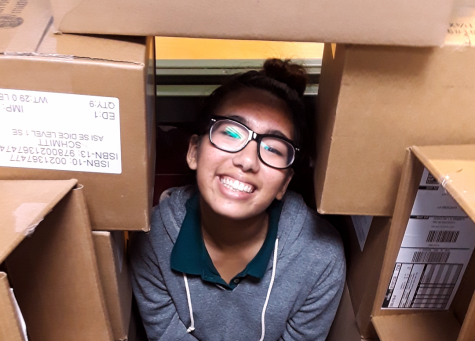
Interests/Hobbies: Breathing, reading, sleeping, and eating.
Favorite year in music: 1971
Goals in life: Live until 29.
Three words to...



